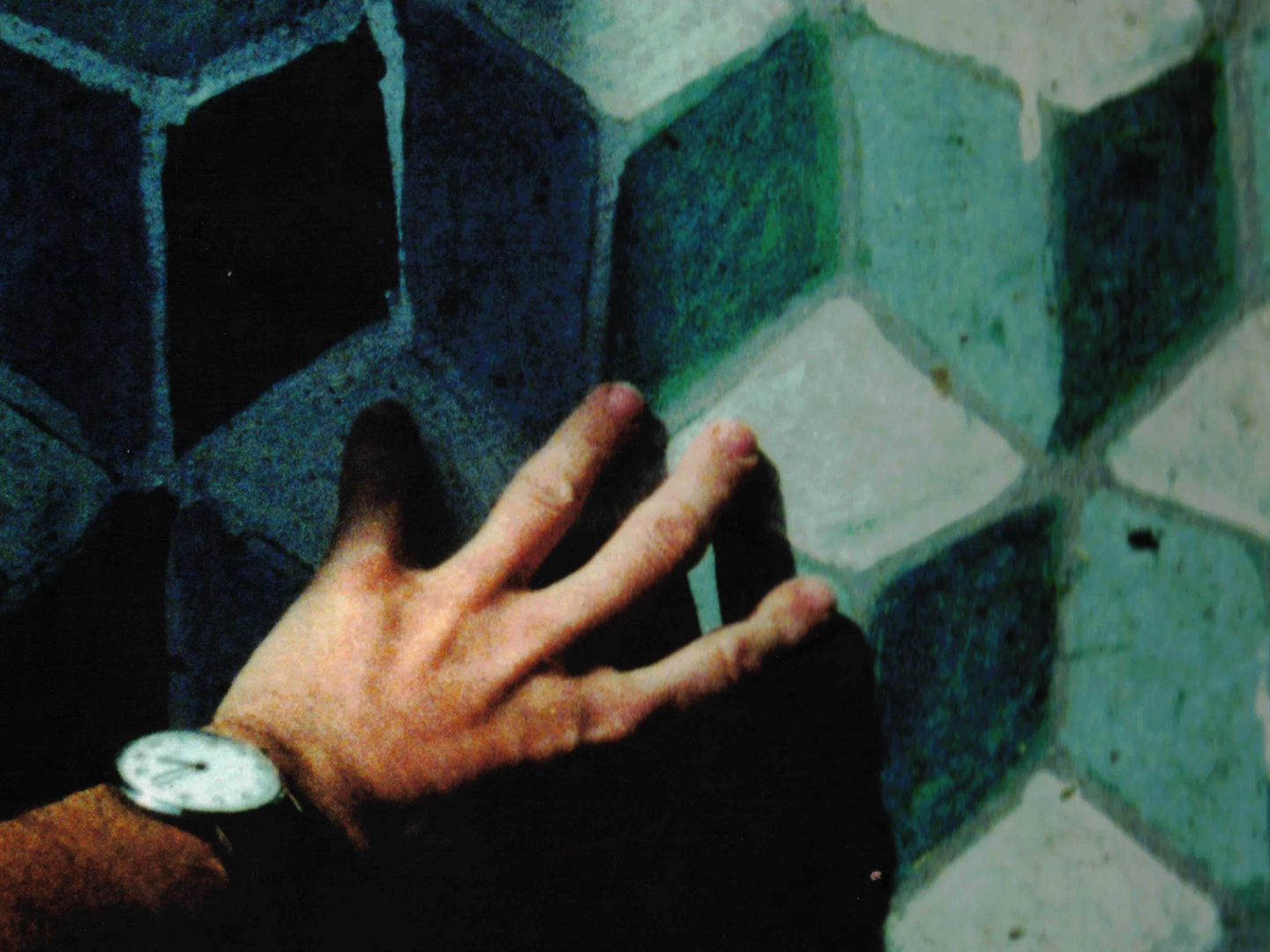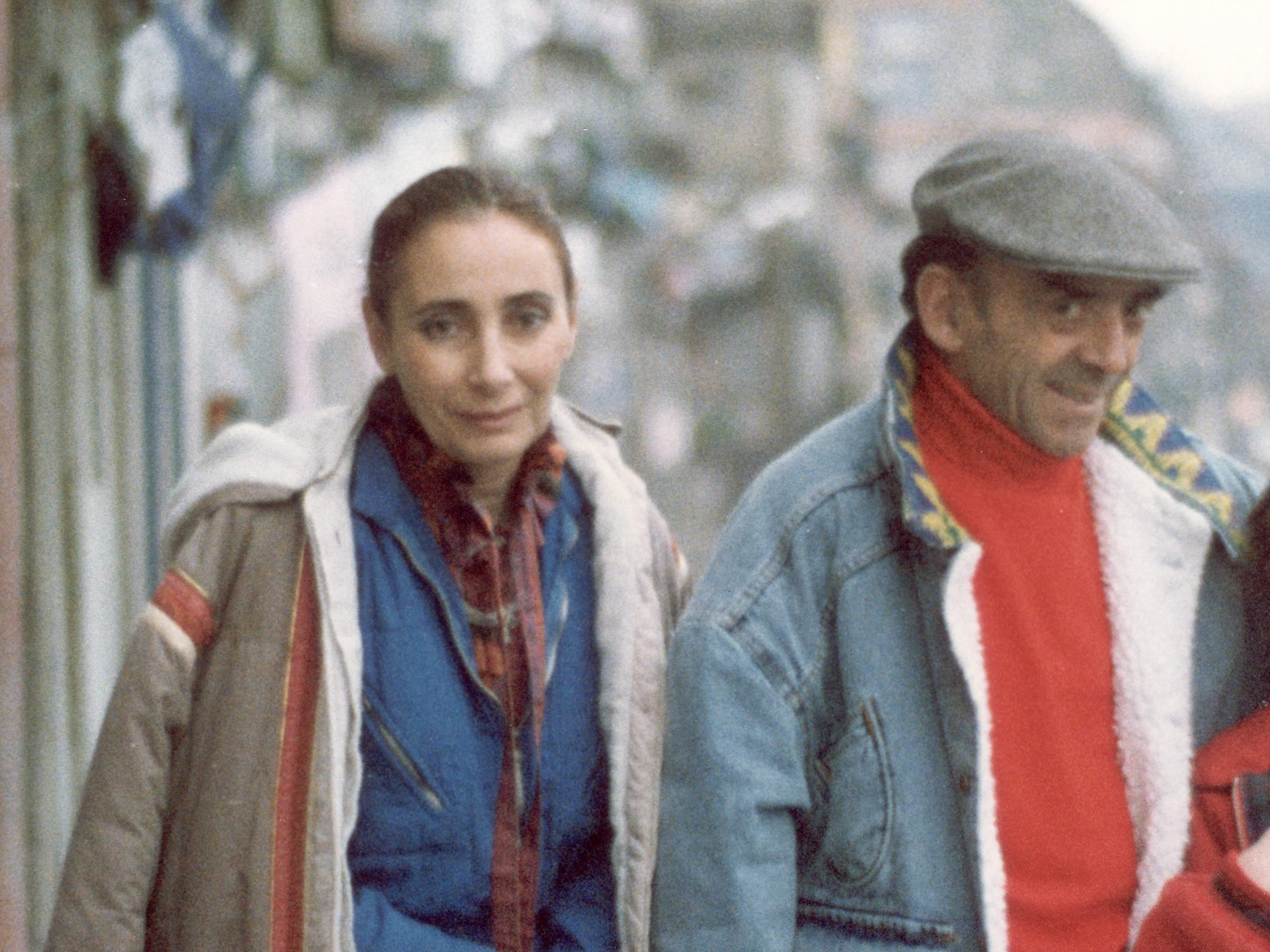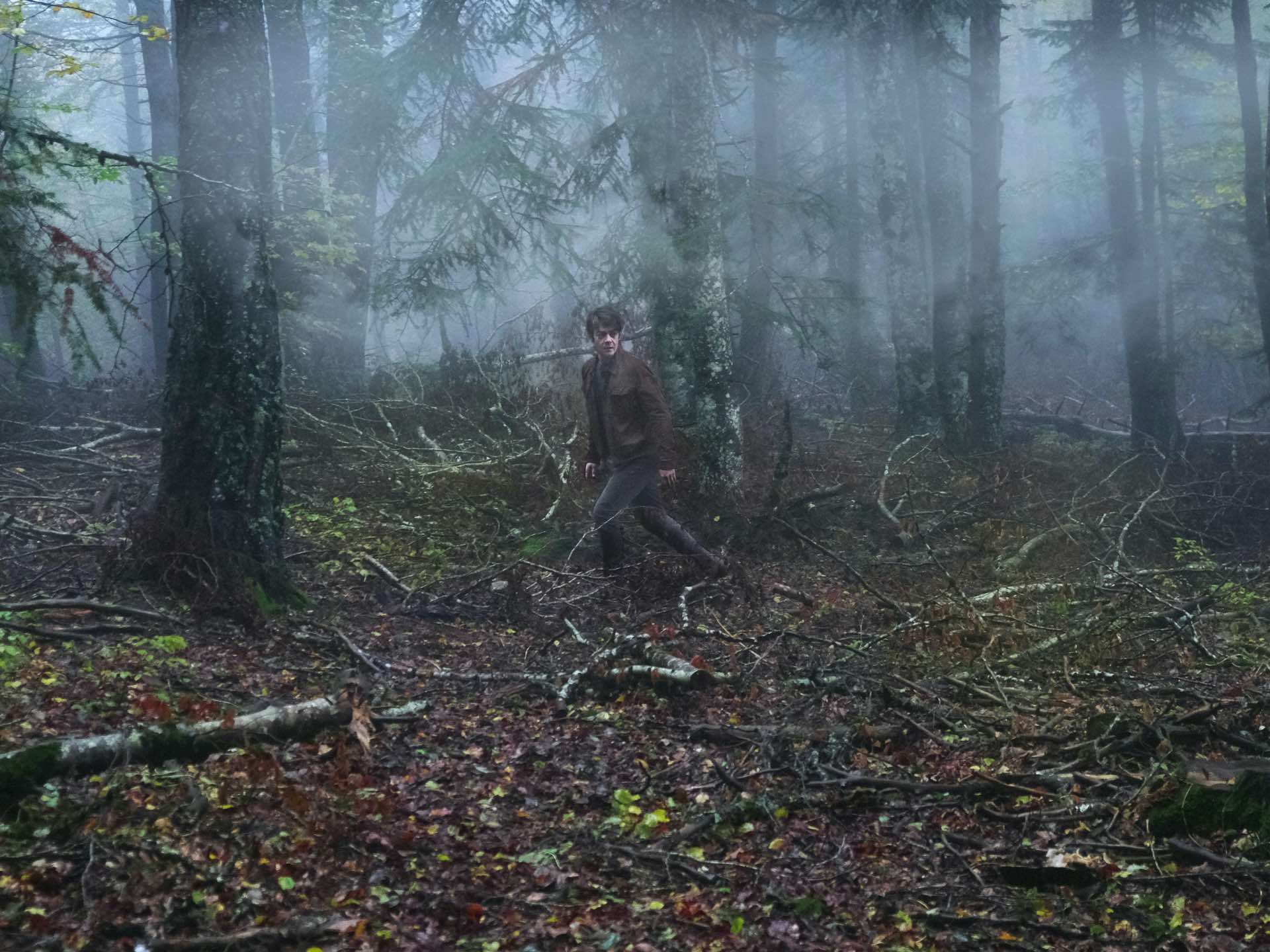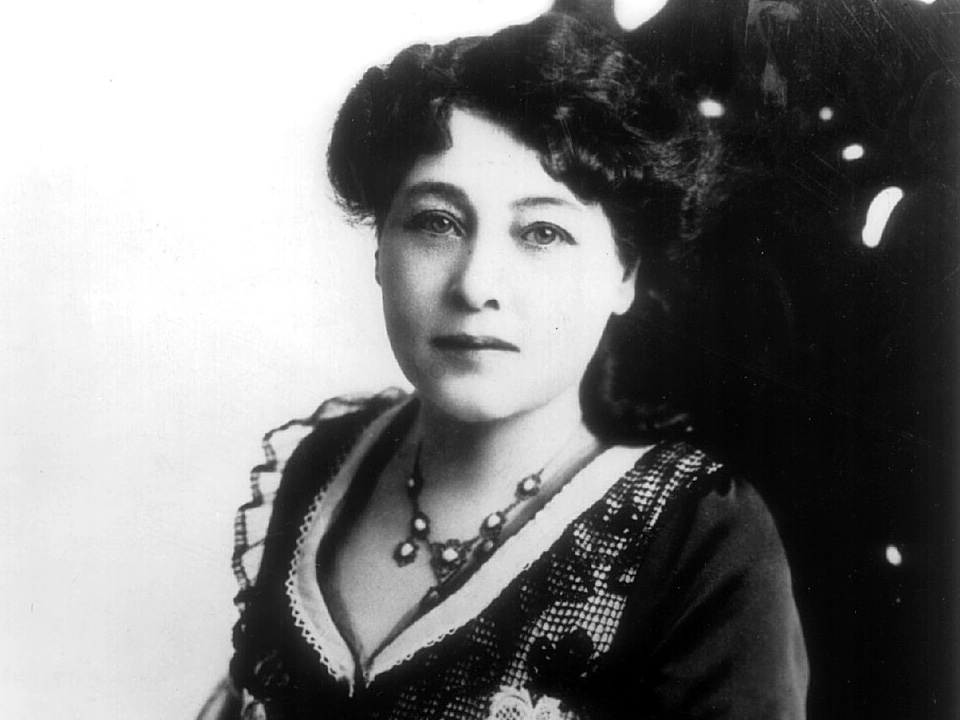Sabzian is a free online magazine that relies on the work of a group of dedicated volunteers. We could use your support. Please consider a donation! Sabzian est un magazine en ligne gratuit qui dépend du travail d’un groupe de bénévoles dévoués. Votre soutien nous aide beaucoup. Pensez à faire un don ! Sabzian is een gratis online magazine dat afhankelijk is van het werk van een groep toegewijde vrijwilligers. We kunnen uw steun goed gebruiken. Overweeg een donatie!

The Films of Johan van der Keuken
Johan van der Keuken (1938-2001) was a Dutch filmmaker and photographer. At the age of seventeen, he already made a name for himself with Wij zijn 17 (1955), a photo book of portraits of peers. A year later, he entered the Paris film school IDHEC, where he discovered a growing passion for filmmaking. As a filmmaker, he broke through with experimental documentaries such as Blind kind (1964) and the North-South trilogy (Dagboek, Het witte kasteel, en De nieuwe ijstijd, 1972-1974) in which he depicted increasing global inequality. He made more than fifty films. This collection provides an overview of the available English-language texts on Sabzian about the work of Johan van der Keuken, as well as a complete multilingual annotated filmography.
Related
Selection
This Week’s Agenda
This week’s selection is entirely dedicated to the Courtisane festival, which runs from Wednesday to Sunday in Ghent. From the extensive program, we have chosen three films that each offer a meditation on time and history.
On Thursday, in the context of the release of the publication In the Midst of the End of the World (2024), Sabzian and Courtisane present Ana (1982) by António Reis and Margarida Cordeiro. Set in the Portuguese region of Trás-os-Montes, the story revolves around Ana, a serene matriarch, portrayed by Cordeiro’s mother. The name Ana, a palindrome, reflects the film’s circular structure, symbolizing the cycle of life, further emphasized by the appearance of Ana Cordeiro Reis, the directors’ daughter. Ana blends reality, fiction, ethnography, and poetry, offering a reflection on history, and the individual’s place within it. “‘To play herald to death,’ from Homer’s Ulysses to that of Joyce, has been the sole and utmost purpose of storytelling,” João Bénard da Costa wrote. “Ana is […] a film about the comprehension of this fact.”
Later that day, Courtisane screens Ogawa Productions’ The Magino Village Story — Raising Silkworms (1977). The Japanese documentary collective’s films are defined by their long-term engagement with agricultural communities, intertwining documentary, ethnography, and social history. The film opens with an old woman recounting a folk tale about silkworms, followed by a detailed look at silkworm cultivation. The filmmakers immerse themselves in the villagers’ sense of time, an approach that would later influence Ogawa’s other work, showing, as Markus Nornes notes, that history is not just a past reconstruction, but a living, tangible presence in the present.
On Sunday, Blue (1993) by Derek Jarman is shown as part of a broader program dedicated to the British filmmaker. Entirely in Yves Klein Blue, his final film is a poetic reflection on living and dying with AIDS, featuring readings from his hospital diaries and poetry, atop an immersive soundtrack by Simon Fisher Turner and other collaborators. “When attempting a film on AIDS,” Rebecca Jane Arthur writes on Sabzian, “Jarman knew he had to turn the camera inward in order to come out. For the personal to become universal, the colour blue became his metaphor for illness, a metaphor for transcending it.” Blue asserts the transience of physical presence and life experiences, amplified by the absence of images and a focus on time, memories, and poetry. Much like life, Blue is a snapshot – something that is both intensely present and quickly passing. “In time, no one will remember our work,” Jarman forecasts. “Our life will pass like the traces of a cloud. […] For our time is the passing of a shadow.”
Belgian Premieres and Festivals
Each month, Sabzian lists upcoming Belgian premieres, releases and festivals.
In Theatres
Exhibitions




















